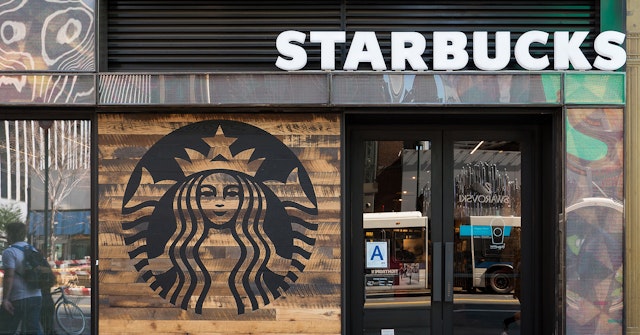The growth of coffee in China
In a matter of days, Nestle acquired Starbucks’ packaged coffees and teas business around the world, and Coca Cola unapologetically bought Costa, at a hefty price of $5.1bn.

While on this side of world big chain coffee brands are forming alliances with FMCG giants to battle each other, as well as against independent coffee makers, for an almost saturated market, China is witnessing its golden time for coffee consumption, which can be translated into the unmissable opportunity for coffee brands.
According to Statista, the size of Chinese coffee market is worth $2 billion and in 2018 registered a 5.7% year-on-year growth. Though size-wise, China’s coffee market is not yet competition for even the much smaller UK market, the pace of growth is almost twice as fast.
China has demonstrated signs of a much different route of development than the west. Coffee is not deemed as a grab-and-go morning boost — tea, milk team, soy milk and other choices already fill that role — instead resembling a cocktail in disguise over which important business conversations take place.
Coffee, from day one, has been a marketed commodity in China.
Coffee as a western beverage was introduced to China in the mid-80s. Nestle was a near monopolistic force in early day coffee market in China. Its instant coffee was such a fad even well into the 1990s that its iconic red mug with clear branding could be found in almost every office in major cities such as Beijing and Shanghai.
In the mid 2000s it gained momentum to become one of the must-dos that mark modern urban dwellers’ social status, thanks to the repeated “coffee scenes” in Hollywood films and TV series that enshrined coffee as an icon of western culture, modernity and middle-class.
In early 2000 Starbucks broke into the mass market. After a few years of lukewarm development, Starbucks adopted the strategy that was well tested by KFC and McDonald’s of launching market-specific products. Coffee products only available to Chinese customers were put on shelves and Starbucks’ launched many localised marketing campaigns to boost its brand awareness.
The landmark incident in China’s coffee history was in 2007, when a national TV station commentator criticised Starbucks for opening a shop in the Palace Museum and under public pressure, Starbucks shut the branch six years after its opening. However, the incident didn’t do much harm to the brand, on the contrary, the little green mermaid logo has become a household name ever since.
2010 saw the rise of cafes popping up in city centres as well as residential areas. The purpose of these cafes was the same, to provide a gathering place for students, business people and family. Consumers were less impressed by the drink than by the space. Starbucks’ decision to adopt a sumptuous style of interior design for Chinese market had proven again successful.

Starbucks therefore reinforced its brand image as “the high-end, premium and fashionable urban space”, coffee is just a side-note.
Soon, when Chinese coffee drinking demographics start to have better understanding of coffee and to shift their focus to coffee itself, Starbucks was met with rivals.
First were the direct rivals, like U.B.C. Coffee. These brands modelled on Starbucks’ space philosophy. Many of them border on cafes and restaurants, offering classic western food such as steaks and spaghettis. This type of cafes is favoured by older generation who aren’t accustomed to the concept of chain coffee brands and see all western cafes and bars and restaurants in the same way.
Convenience stores are another force in the growing coffee market. Convenience chains have much wider networks. While the Brits can find Starbucks, Costa or Caffe Nero at every street corner, Chinese urban dwellers can find FamilyMart or Seven Eleven in the most obscure part of the city. As coffee is no longer looked up to by Chinese consumers, especially younger generations who are exposed western culture day in and day out, convenience stores are the ideal place to buy a cup of coffee if you are just looking for a caffeine fix.
Then are the coffee retailers who benefit from the widening e-commerce landscape. Luckin Coffee, a new coffee brand backed by one billion RMB investment recently dared Starbucks to a duel. Their marketing- and e-commerce-focus business model makes their products a lot more accessible.
Luckin Coffee launched its service in the beginning of 2018. It’s much praised online-to-offline service model dependent on social media (WeChat mainly) purchase has been hailed as the new model for coffee sales. They open their shops of different types — elite store, relaxing store and click and collect points — in central business districts with high concentration of population. They allow consumers to order directly from mobile apps and social media. They also add delivery to their package, catching up with the delivery trend.
With the power of social media, China’s coffee landscape is changing quickly. If you are a coffee brand wish to enter China, we can provide you with the most up-to-date consultancy on how to make your business a success in China.
Arnold Ma is chief executive at Qumin
Content by The Drum Network member:

Qumin
We are Qumin.
We are a China-focused digital creative agency. We are the first and largest of its kind in Europe.
But that’s not the only thing that...

